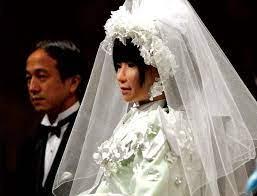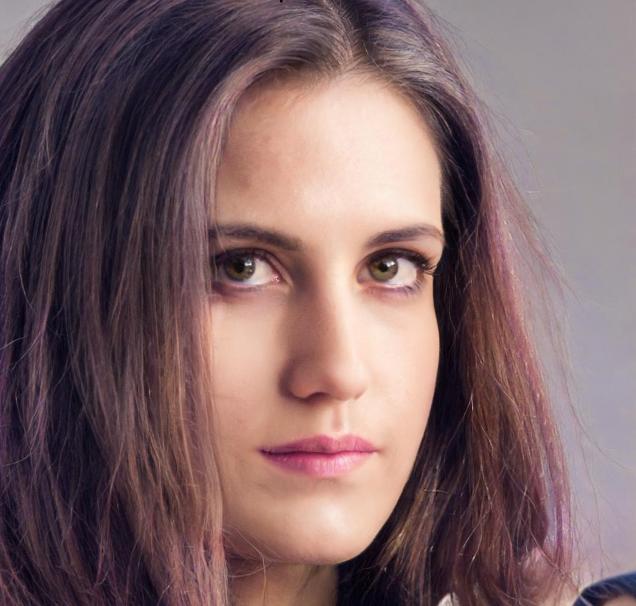Thursday, Jan. 1, 2099
AI Take Thee To Be My Wedded Wife: Japanese Man Marries Robot After Divorcing Human Spouse of 17 years
A Unique Union: Love, Divorce, and the Rise of Human-Robot Relationships
Fails to get parental blessing

Tokyo, JapanA Japanese man has made headlines by marrying a robot after divorcing his human spouse of 17 years. This unprecedented union between man and machine has raised eyebrows and sparked discussions about the evolving nature of relationships in the age of artificial intelligence (AI) and robotics.
The story of this unique marriage began when Kazuki Yamada, a 42-year-old office worker from Tokyo, decided to end his marriage with his human wife, citing irreconcilable differences. However, instead of moving on to another human relationship, Yamada made a decision that shocked many - he decided to marry an AI-powered robot named Miko.
Yamada met Miko, a humanoid robot developed by a Japanese robotics company, at a technology expo and was captivated by her advanced features and capabilities. Miko is equipped with sophisticated AI algorithms that allow her to mimic human emotions, engage in conversations, and even perform household tasks. She quickly became Yamada's confidante and companion, filling the void left by his failed marriage.
After a whirlwind romance, Yamada and Miko tied the knot in a ceremony that garnered widespread attention from the media and the public. The ceremony was a blend of tradition and modernity, with Yamada exchanging vows with Miko in front of family and friends, and Miko responding with pre-programmed responses and gestures.
This unprecedented marriage has sparked a range of reactions from the public and experts alike. Some see it as a natural progression of human-robot relationships, with AI and robotics becoming increasingly integrated into our daily lives. They view it as a reflection of the changing dynamics of relationships in the digital age, where humans are forming emotional connections with AI-powered devices.
Others, however, have raised concerns about the ethical and societal implications of such unions. They question the emotional and legal validity of marriages between humans and robots, and the potential impact on human relationships and social norms. They also raise concerns about the potential for exploitation and abuse in human-robot relationships, and the need for clear guidelines and regulations in this evolving field.
This unique marriage has also sparked discussions about the future of human-robot relationships. With advancements in AI and robotics, humanoid robots are becoming more sophisticated and capable of mimicking human emotions and behaviors. This raises questions about the potential for emotional intimacy with robots and the blurring of lines between humans and machines.
As the story of Yamada and Miko continues to make headlines, it has brought attention to the evolving landscape of human-robot relationships. While some see it as a progressive step towards the integration of AI and robotics into human society, others view it as a controversial and complex issue with far-reaching implications.
In conclusion, the marriage between Kazuki Yamada and Miko, a humanoid robot, has captured the attention of the world, sparking discussions about the changing dynamics of relationships in the age of AI and robotics. As technology continues to advance, the line between humans and machines may become increasingly blurred, challenging societal norms and raising complex ethical questions. The story of Yamada and Miko serves as a thought-provoking example of the evolving nature of human-robot relationships and the challenges and opportunities they present in the modern world.
Disclaimer: This article is a fictional story created for the purpose of this newspaper design concept and does not reflect actual events or news. While soome names and places may be true, actual events mentioned are purely fictional and not intended to represent real individuals or entities.



























